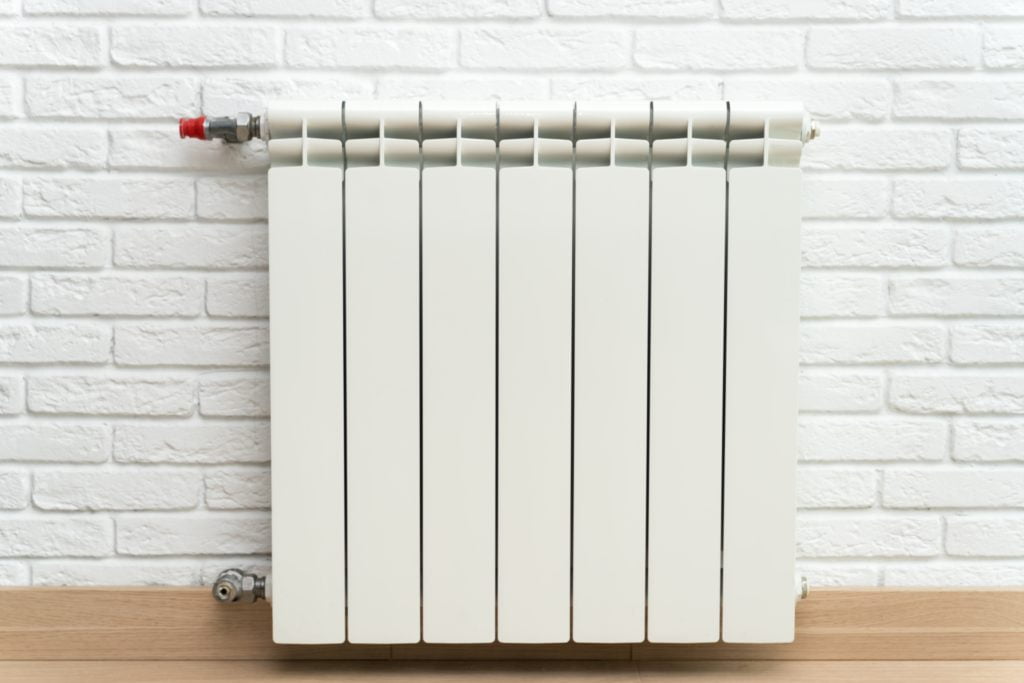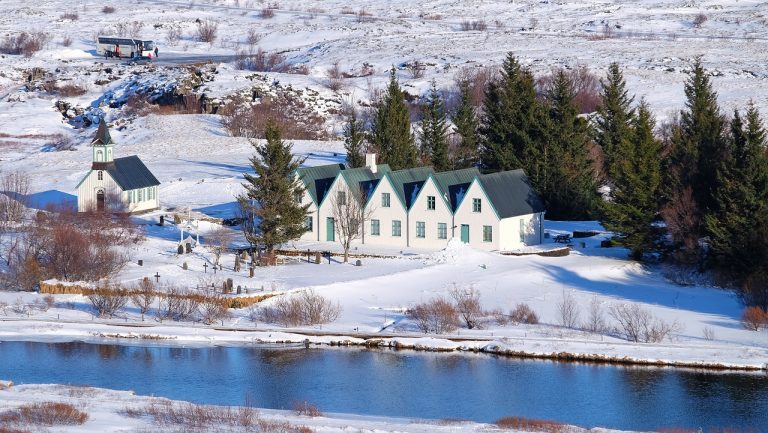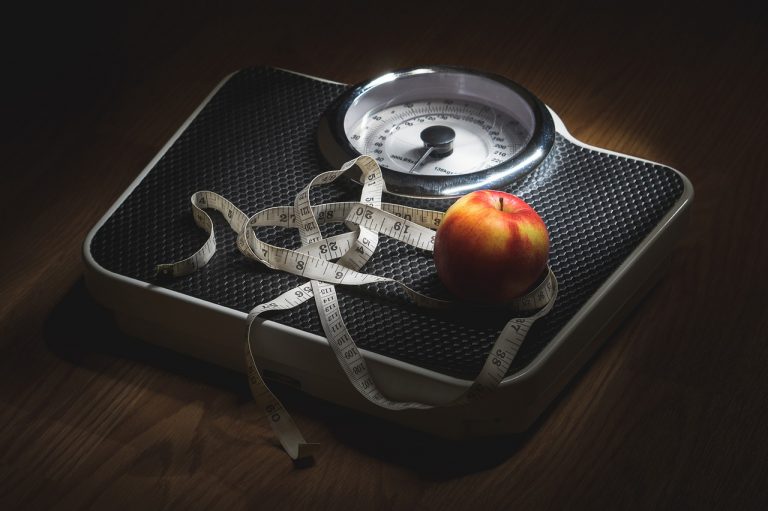If you have a gas furnace, your unit relies on a heat exchanger to provide warm air throughout your home. Your gas furnace uses combustible gas as a fuel source to provide warm air. Inside the heat exchanger, gas is ignited to heat the sides of the metal chamber. When air passes over the hot metal, it is heated and then forced into your home to provide comfortable temperatures in the winter.
Carbon monoxide is the byproduct of burning gas and is present with all appliances and tools that rely on propane or natural gas. Under normal circumstances, carbon monoxide and other gases are vented out of your home by the furnace. However, your heat exchanger must have an air-tight seal to work properly and prevent harmful toxins such as carbon monoxide from entering your home. Any cracks, holes, or other damage to the chamber could allow harmful gases to escape into your home.
Known as the silent killer, carbon monoxide has no taste, color, or odor and could lead to serious health problems before you even know you have been exposed. This is why it is crucial to pay attention to any signs of having a cracked or damaged heat exchanger.
Understanding the signs and symptoms of a damaged heat exchanger could help prevent potential safety hazards for your home and family. Let’s take a look at some of the cracked heat exchanger symptoms.
Excessive Soot Buildup
A cracked heat exchanger can lead to incomplete gas combustion. When this happens, soot is generated and can collect in and around your furnace. Over time you will notice black carbon buildup. A thick layer of soot is a clear sign of incomplete combustion and a symptom of a damaged or cracked heat exchanger. Removing the furnace cover will allow you to see a significant buildup. If the problem has just started or is very small, the soot may not be prominent. However, your HVAC technician will inspect for any signs of soot buildup during your annual service visit.
Cracks and Corrosion

You might be able to examine the heat exchanger and see the cracks and corrosion. Cracks occur as the metal wears down due to the constant expansion and contraction during the heating process. Noticeable corrosion is the result of moisture from the combustion byproducts or chloride-containing fumes. If you notice these signs, you need to contact an HVAC technician as soon as possible and limit the use of the furnace.
A Chemical-Like Smell
One of the more noticeable symptoms of a cracked heat exchanger is the presence of a bad smell coming from the furnace. If there is an issue with your heat exchanger, you may notice a smell similar to formaldehyde. This is a very distinct smell that almost always signals a crack in the heat exchanger. This odor is toxic and can cause severe headaches, nausea, and other symptoms. If you smell a formaldehyde-like odor, you need to call an HVAC professional immediately and avoid inhaling the fumes as much as possible.
Unusual Flame

A normal furnace flame burns blue. If your heat exchanger is functioning correctly, you will notice a steady blue flame inside the unit. If the flame appears to be yellow, it could signify that you have a dirty burner or a cracked heat exchanger. If you notice a yellow flame that also flickers, you need to have your furnace examined by a professional HVAC technician as soon as possible.
If your heat exchanger has cracks or damage, it could pose serious health threats to you and your family. If you notice any of these symptoms, you should limit the use of your furnace and call an HVAC professional as soon as possible to help remedy the situation.





